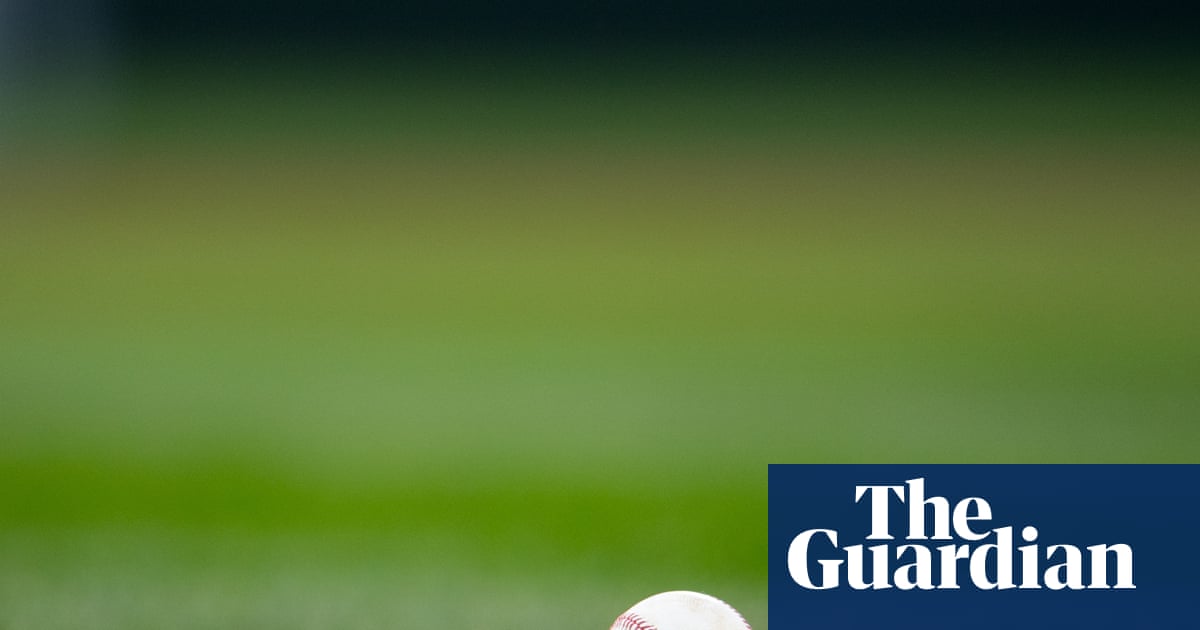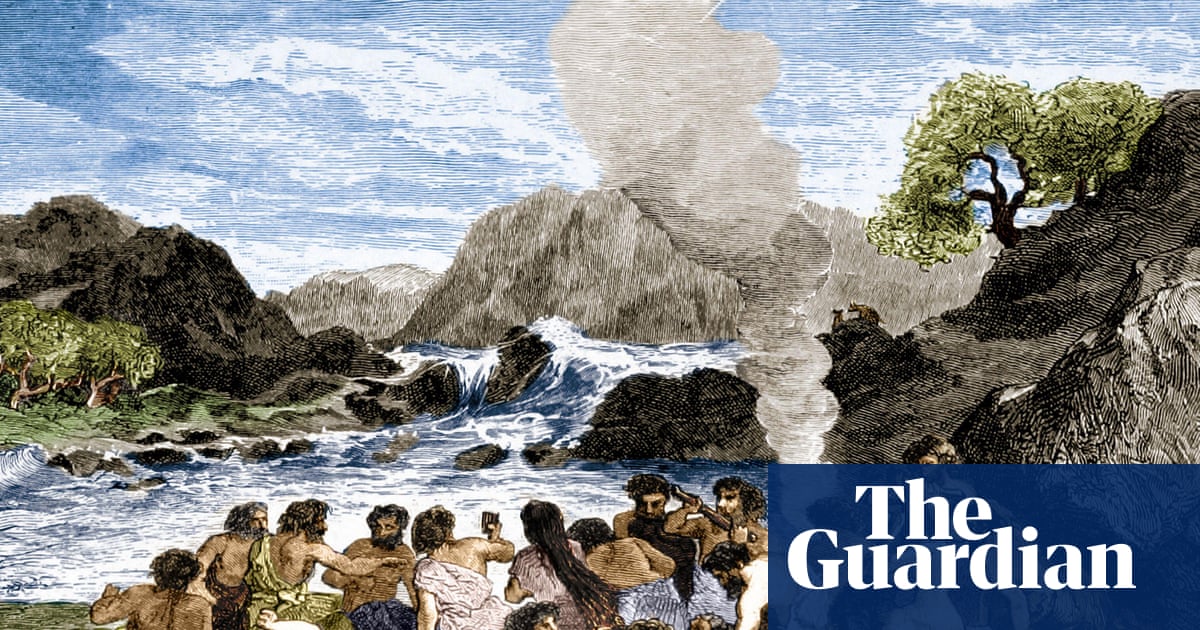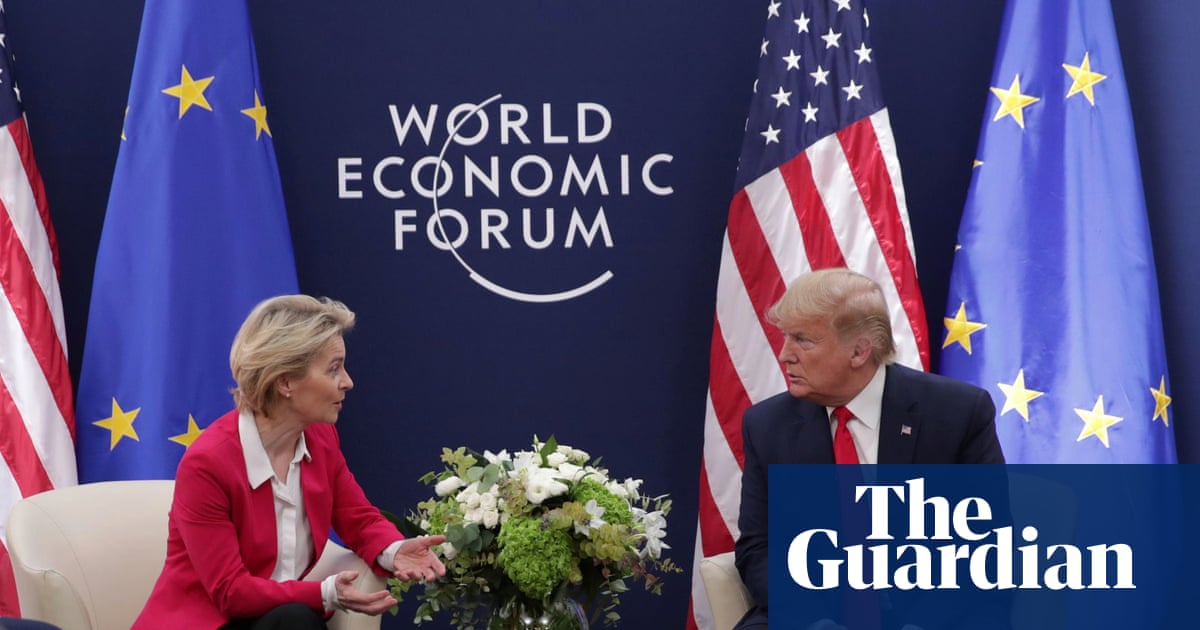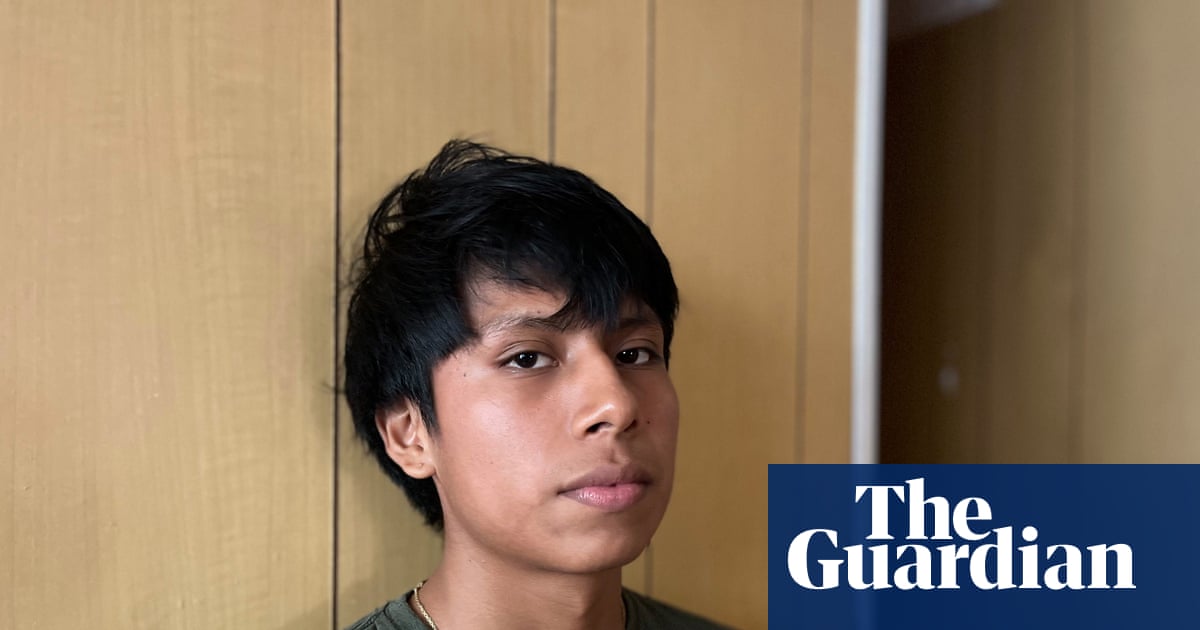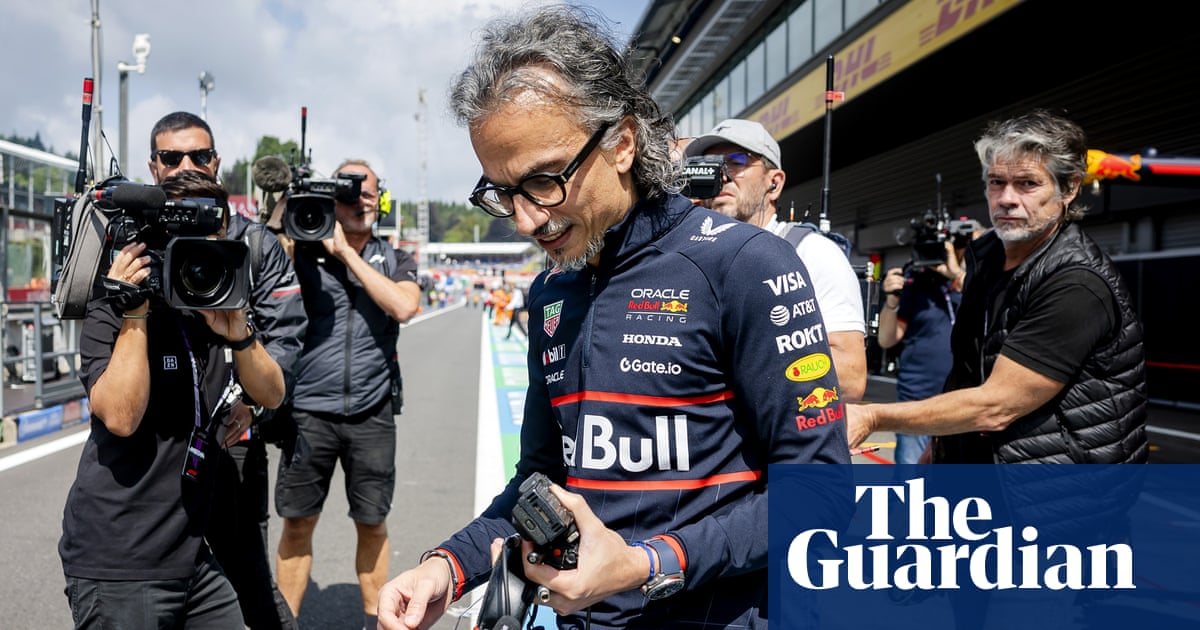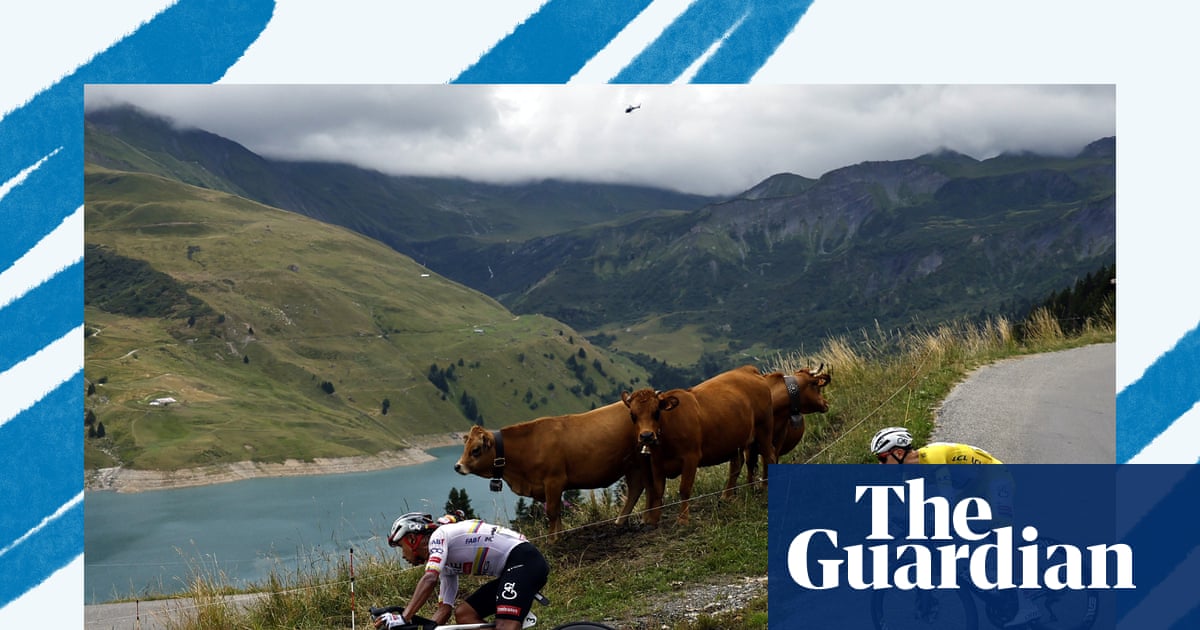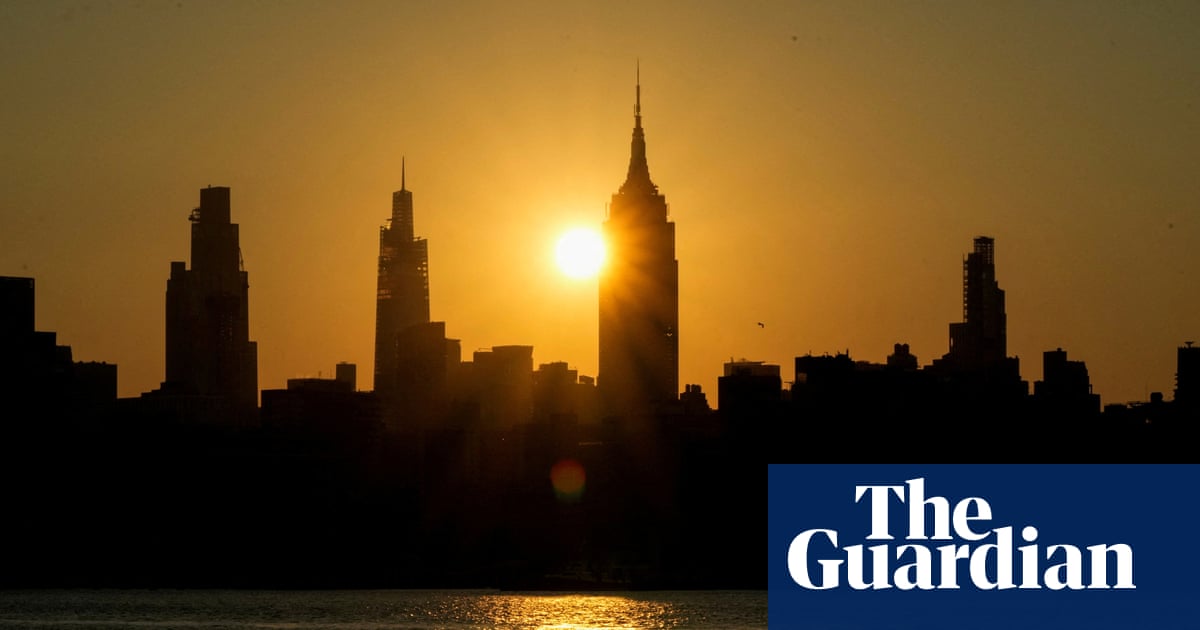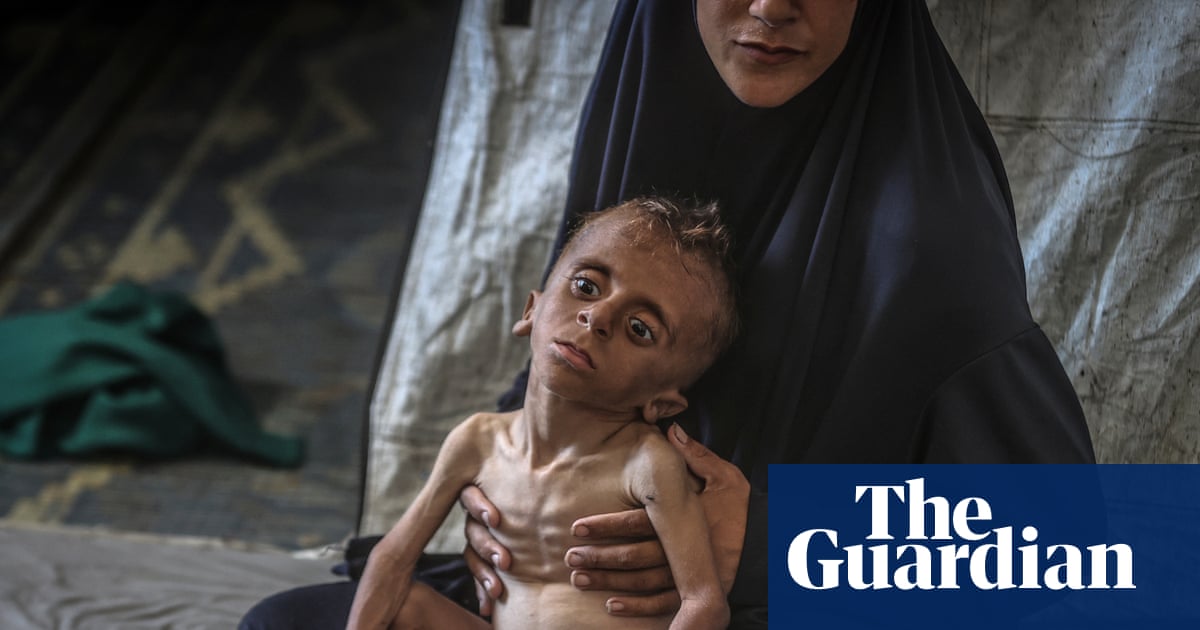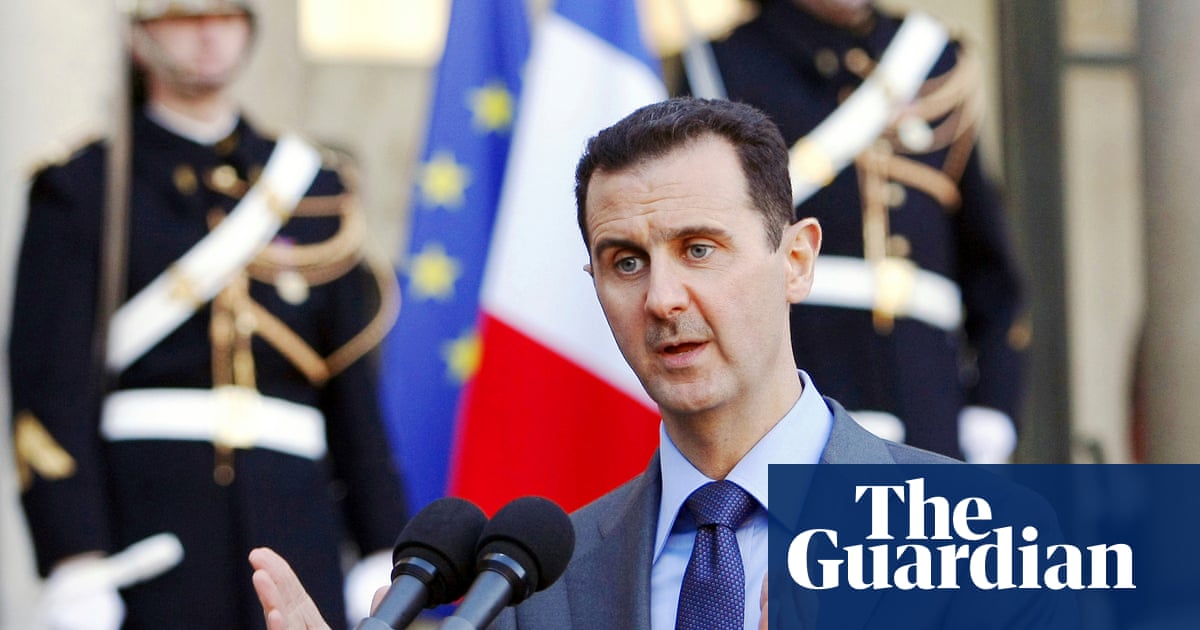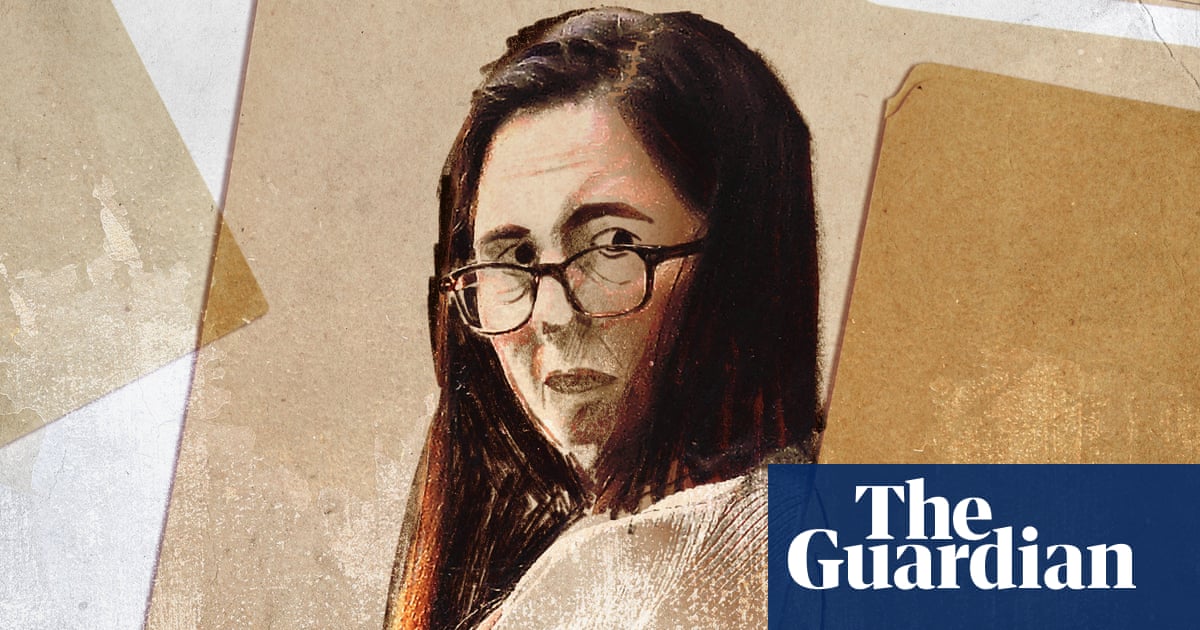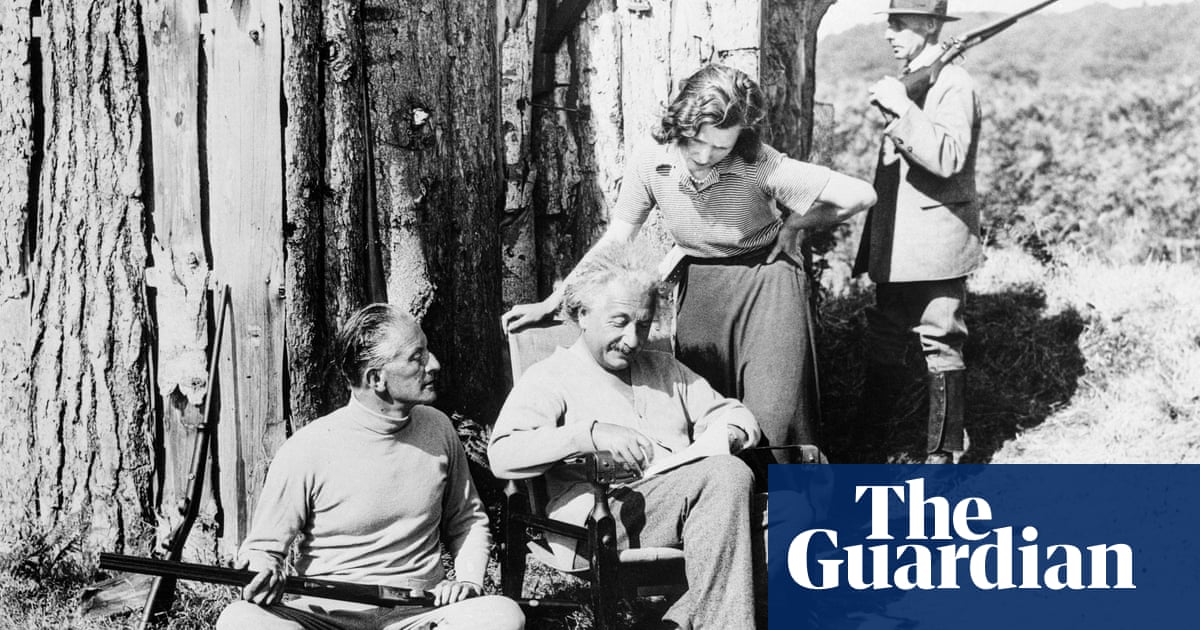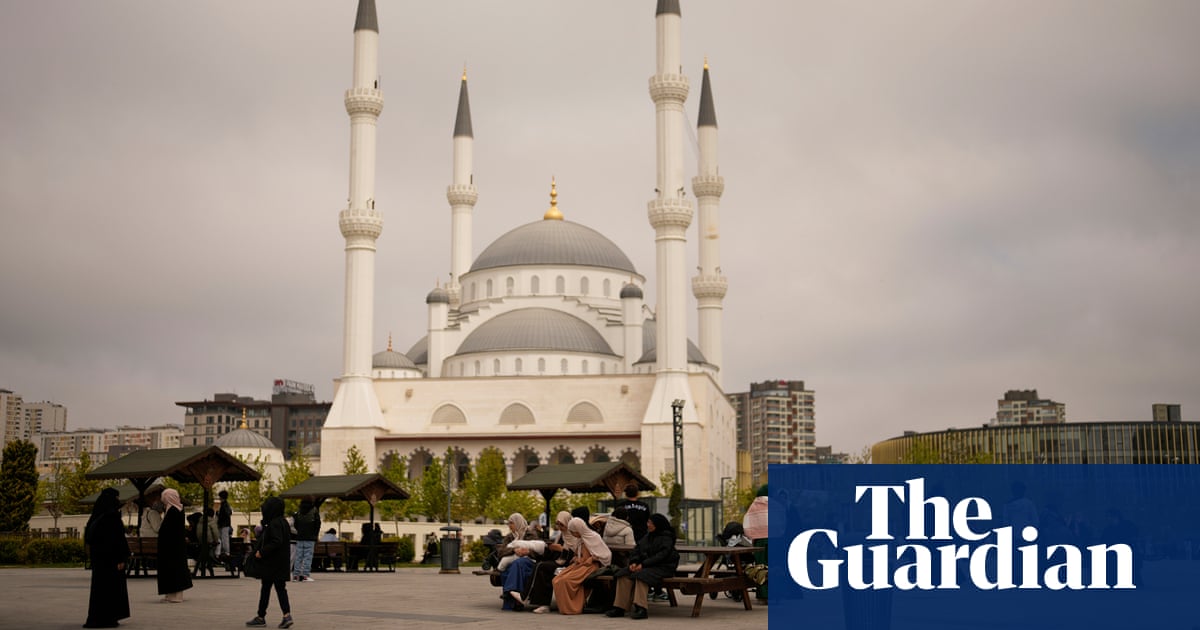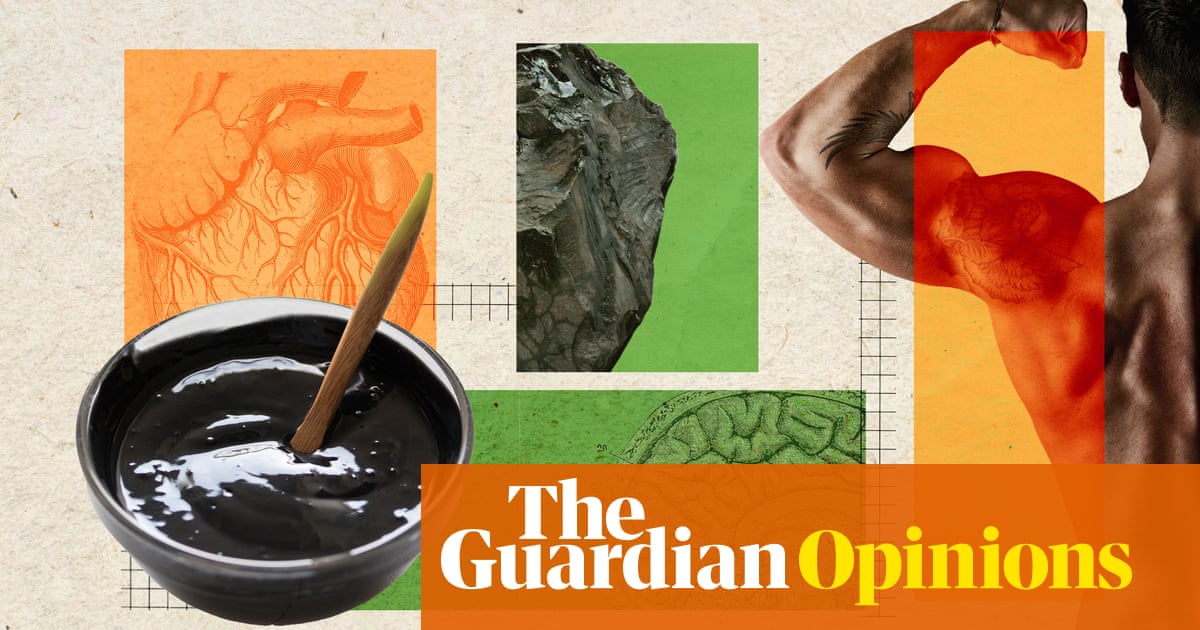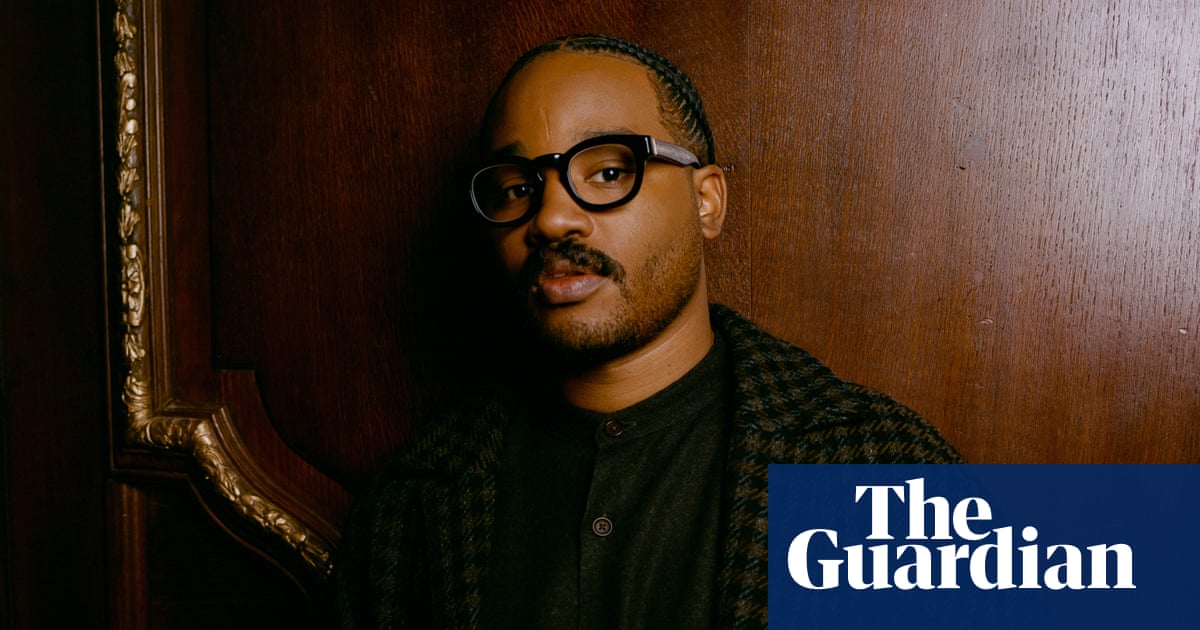A bulky man wearing a baggy green army uniform urinates on the ground. Another man, wearing sandals, stands in the puddle, looks down and says: “I’ve never seen such beautiful susu (urine).”
In the scatological cartoon, which appeared on Facebook, the sycophantic man with wet feet is supposed to be Balaam Ateenyi, a Ugandan government minister. The man relieving himself is Gen Muhoozi Kainerugaba, head of the military, provocative social media poster and the presumptive heir to his father, President Yoweri Museveni.
“Ateenyi has a habit of praising everything Kainerugaba does, even when he tweets all that nonsense,” said the cartoon’s creator, Jimmy Spire Ssentongo. “So I drew a cartoon depicting the infantile nature of his praise.”
In a country where freedom of expression is often curtailed, Spire is among a number of political cartoonists who have used satire to critique the authoritarian Museveni administration. Increasingly their target is Kainerugaba.
“He has dominated news and events … both locally and regionally,” said the cartoonist Chrisogon Atukwasize, who signs his work as Ogon. “He’s controversial and that’s always good fodder for cartooning.”
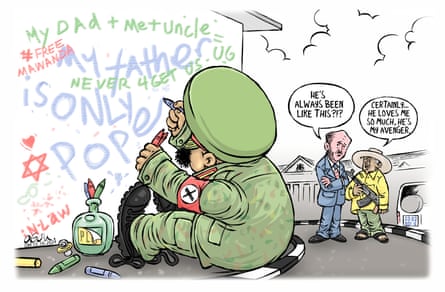
In one cartoon, Ogon depicts Kainerugaba as a child graffitiing a wall with messages in support of his father, who is standing nearby. “He’s always been like this?!?” queries a white man portraying William Popp, the US ambassador to Uganda, asks Museveni. “Certainly,” he responds. “He loves me so much, he’s my avenger.”
The cartoon appeared shortly after Kainerugaba, whose first name means “avenger” in the Runyankore language, had threatened to expel Popp from Uganda.
A would-be successor
Kainerugaba is Museveni’s eldest child and a graduate of Sandhurst, the British army’s officer training centre. Observers have long suspected that Museveni, who has ruled the country for nearly four decades, is grooming him as his successor. Though the president has denied it, Kainerugaba has not shied away from displaying his own political ambitions, including by holding rallies even though Ugandan law prevents military officers from taking part in politics.
The 51-year-old has also raised eyebrows with inflammatory social media takes on myriad topics, including politics, society, security and foreign policy.
Kainerugaba’s X page reads like an intimidation manual. This year alone, he has threatened to castrate the opposition activist Eddie Mutwe, behead the politician Bobi Wine, and attack a town in the Democratic Republic of the Congo.
In 2022, it appeared that he had gone too far with a threat to invade Kenya, which prompted his father to sack him from his role as commander of Uganda’s land forces. Fifteen months later he was back, in the elevated position of head of the military.
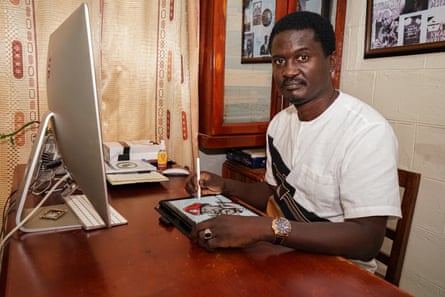
Isaac Tibasiima, a lecturer in the department of literature at Makerere University, said Uganda’s political cartoonists were playing a nuanced societal role. “The cartoonist becomes a social commentator to help us understand that this is actually something that we can laugh at, but in laughing at it we are both laughing at ourselves and at the systems that are being critiqued,” he said.
Ogon mainly draws images on democracy, governance and human rights at the Daily Monitor, where he’s an editorial cartoonist. But Kainerugaba’s theatrics have provided material for plenty of his work in recent years. “When you factor in his ambition and outrageousness, the things he does online, it is easy to see why he’s the most dominant topic in our work,” he said.
“There was Museveni and [opposition politician Kizza] Besigye until like 2018, then Bobi Wine came in,” Ogon added. “But now the new kid on the block post-Covid is the president’s son.”
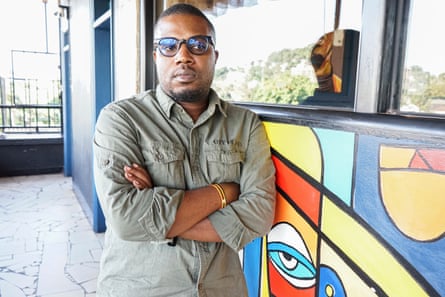
Spire’s cartoons often cover themes of repression and corruption. Kainerugaba has increasingly become a regular feature of his work, Spire said, observing that he seemed to be “filling” much of the space that the 80-year-old Museveni was “ceding” as he grew older.
Spire, who used to work at the Observer, a Ugandan weekly publication, but now primarily posts his work on Facebook, said he drew more cartoons of Kainerugaba not only because of his “interest in power” but also because his social media posts were “mostly incredible”. He also highlighted the general’s actions because he found them concerning.
“It is really scary that a person of this calibre is getting more and more power,” he said. “What is he likely to do when he … is totally in charge?”
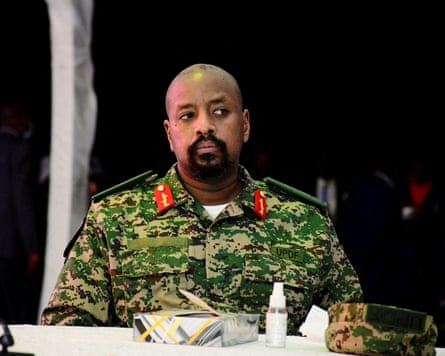
Spire and Ogon’s work adds to a body of cartooning that goes back as far as the 1960s, when Uganda became independent. Many who tackled political subjects self-censored under the repressive regimes of Milton Obote and Idi Amin.
However, political cartoonists started becoming bolder when Museveni came to power. Initially, his administration regularly harassed cartoonists who were critical of government officials but the authorities shifted their focus to TV, radio and newspapers. That’s made it possible for cartoonists to provide comparatively more daring and stinging political commentary.
Spire and Ogon hope their cartoons can create a valuable space for political discourse. “Many Ugandans fear talking about certain people,” said Spire. “But when they see them drawn in a cartoon, somehow it brings them down a level.”

 1 day ago
4
1 day ago
4


